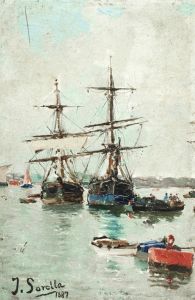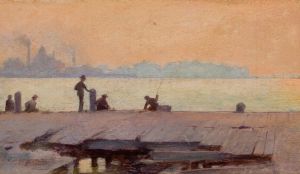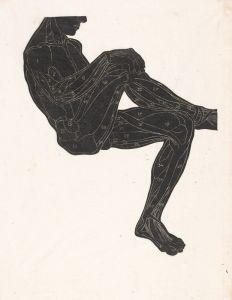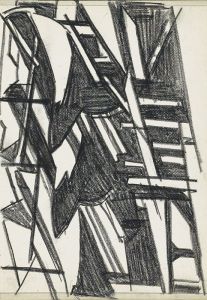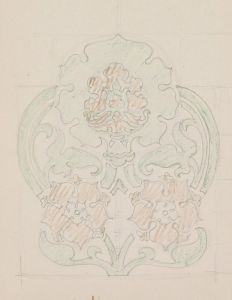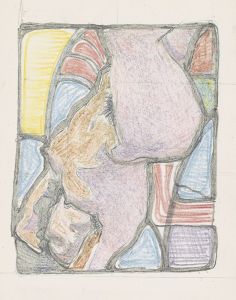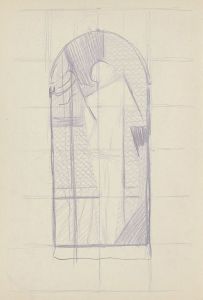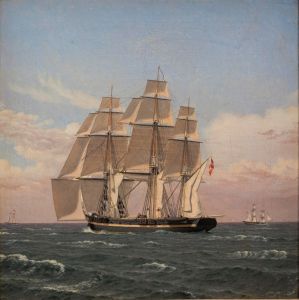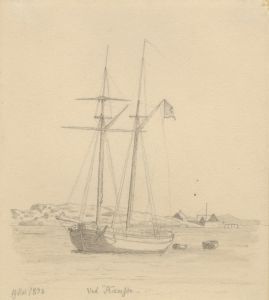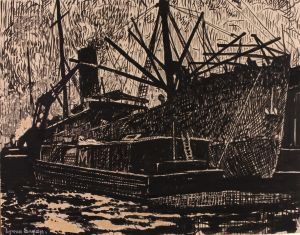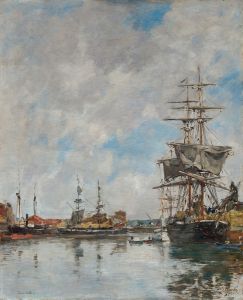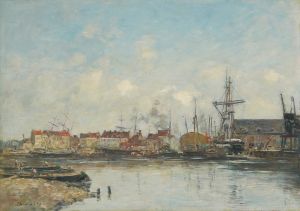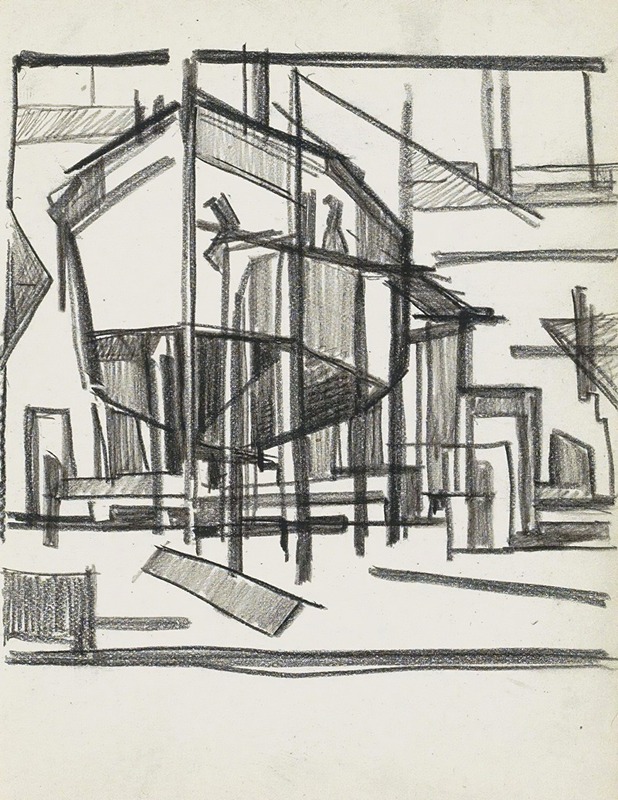
Schip op een werfhelling
A hand-painted replica of Reijer Stolk’s masterpiece Schip op een werfhelling, meticulously crafted by professional artists to capture the true essence of the original. Each piece is created with museum-quality canvas and rare mineral pigments, carefully painted by experienced artists with delicate brushstrokes and rich, layered colors to perfectly recreate the texture of the original artwork. Unlike machine-printed reproductions, this hand-painted version brings the painting to life, infused with the artist’s emotions and skill in every stroke. Whether for personal collection or home decoration, it instantly elevates the artistic atmosphere of any space.
Reijer Stolk was a Dutch artist known for his contributions to the art world during the early 20th century. His work is often associated with the De Stijl movement, which emphasized abstraction and simplicity. One of his notable works is "Schip op een werfhelling," which translates to "Ship on a Slipway." This painting reflects Stolk's interest in industrial and maritime themes, which were prevalent in his oeuvre.
"Schip op een werfhelling" captures a scene of a ship positioned on a slipway, a structure used for building and repairing ships. The painting is characterized by its geometric forms and a limited color palette, typical of the De Stijl movement's influence. Stolk's use of lines and shapes creates a sense of order and balance, which aligns with the movement's principles of harmony and abstraction.
The painting is a testament to Stolk's ability to blend industrial subject matter with artistic abstraction. By focusing on the ship and its surroundings, Stolk highlights the intersection of human engineering and natural elements. The slipway, an essential part of shipbuilding, is depicted with precision, showcasing Stolk's attention to detail and his appreciation for the technical aspects of maritime construction.
Stolk's work during this period often reflected the changing landscape of the Netherlands, a country with a rich maritime history. The depiction of a ship on a slipway can be seen as a nod to the nation's long-standing relationship with the sea and its shipbuilding industry. This connection to Dutch culture and industry is a recurring theme in Stolk's art, as he sought to capture the essence of his surroundings through a modernist lens.
The painting also demonstrates Stolk's skill in using color to convey mood and atmosphere. The limited palette, possibly consisting of blues, grays, and whites, suggests a cool, industrial environment, while also emphasizing the structural elements of the composition. This approach is consistent with the De Stijl movement's focus on primary colors and the reduction of forms to their essential elements.
Reijer Stolk's "Schip op een werfhelling" is an example of how artists of the early 20th century were exploring new ways of seeing and representing the world around them. By integrating industrial themes with abstract forms, Stolk contributed to the broader dialogue of modern art, which sought to break away from traditional representation and embrace new perspectives.
While specific details about the painting's creation, such as its exact date or current location, may not be readily available, "Schip op een werfhelling" remains an important part of Stolk's body of work. It reflects his engagement with contemporary artistic movements and his ability to infuse everyday scenes with a sense of modernity and abstraction. Through this painting, Stolk invites viewers to consider the beauty and complexity of industrial landscapes, encouraging a deeper appreciation for the art of shipbuilding and the role it plays in shaping cultural identity.





